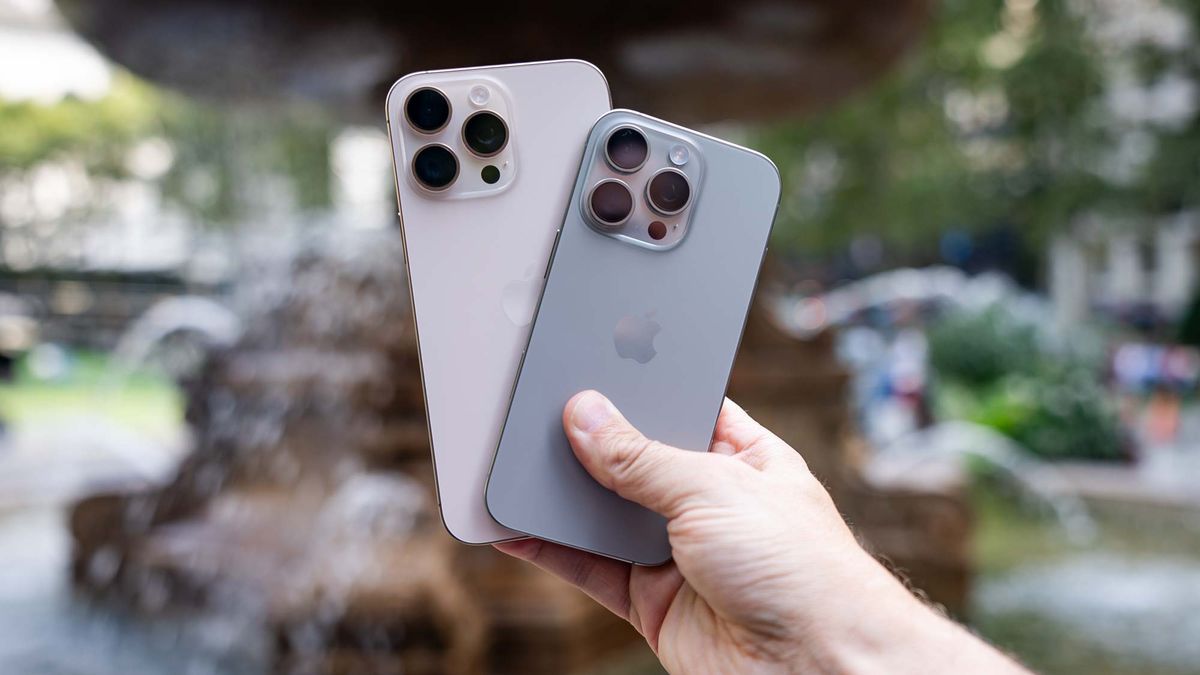When a new iPhone goes on sale, a small percentage of the first units purchased will not have a good life; instead, they are doomed to undergo early torture tests to prove how robust (or not) they are.
That was the case with the iPhone 16 Pro when it launched on Friday, and while it’s hard to call the videos entirely scientific, the early findings are interesting nonetheless.
Take AppleTrack’s video from Sam Kohl. As with last year, Kohl flew to Australia to take advantage of time zone differences and be one of the first to put the new iPhone 16 Pro through its paces against a brand new iPhone 15 Pro.
The results are definitely a mixed bag. Getting the bad out of the way first, the iPhone 16 Pro stops working after just four drops, with a nasty corner fracture preventing the handset from turning on after a tumble from just over head height. The iPhone 15 Pro, meanwhile, continues to work all the way up to drop number 12 from a dizzying height before it gives up the ghost.
Kohl’s theory is that the lack of bezel between the edge and screen means that an unlucky side drop essentially hits the iPhone 16 Pro’s screen directly. And in such instances, it’s touch and go whether you’re looking at an unsightly dent or a costly trip to the Apple Store. Either way, it’s a reminder that the best iPhone 16 Pro cases are about more than just showcasing your personality.
Again, there’s only so much you can do to make these tests fair. It’s a sample of two phones, and although they’re dropped from roughly the same height each time, there are just too many variables for this to be consistent. And where the phone connects with the ground ultimately decides how bad the damage is.
Serious question marks over method aside, it’s a little embarrassing for Apple, especially as the iPhone 15 Pro lasted a similar number of rounds in Kohl’s testing last year. As he explains at the start of the video, Apple stated that Ceramic Shield — the company’s screen protection technology — was “50% tougher than [the] first-generation”.
But despite the early failure, there’s evidence that there’s truth behind Apple’s claims about the improved strength of Ceramic Shield overall. Kohl continued to drop the iPhone 16 Pro alongside the 15 Pro, and as the latter developed plenty of spider web-like cracks along the screen, the former appeared significantly more robust, with fractures not spreading as easily to other sections of the panel.
“While the 16 Pro broke really early on from that corner, on the successive drops you can see all of this different damage that has happened in different areas, but it’s way less severe overall,” Kohl says. “The display panel itself is way less cracked and sharp overall, and I think that’s due to the new Ceramic Shield that Apple is using.”
There’s also some evidence to suggest that Kohl was just plain unlucky with the early breakage. A few hours after Kohl’s Australian video went live, EverythingApplePro posted its drop test video, where the iPhone 16 Pro and Pro Max handsets survived multiple drop tests all the way up to 20 feet. In the video, the iPhone 16 Pro Max has a similar dead moment as seen in Kohl’s video from a head-height drop, but it springs back to life with a hard reset, suggesting that maybe Kohl’s handset was merely playing dead.

Another interesting point can be seen early on in the video, where the new Pro iPhones last around 35-45 seconds longer on a heat mat before giving a temperature warning. That’s interesting because it backs up Apple’s claims that changes made on the inside would allow 30% higher sustained performance.
Ultimately, these clips and videos like them shouldn’t seriously impact your decision whether to buy a phone or not. The damage done to handsets isn’t what most people will see in their day-to-day use unless they’re extremely unlucky, and it’s actually encouraging how much of a beating modern phones can endure before failing.
All the same, if you’re spending over $1,000 on an iPhone, you probably can spare a few more bucks on the peace of mind that a quality case will give you.









